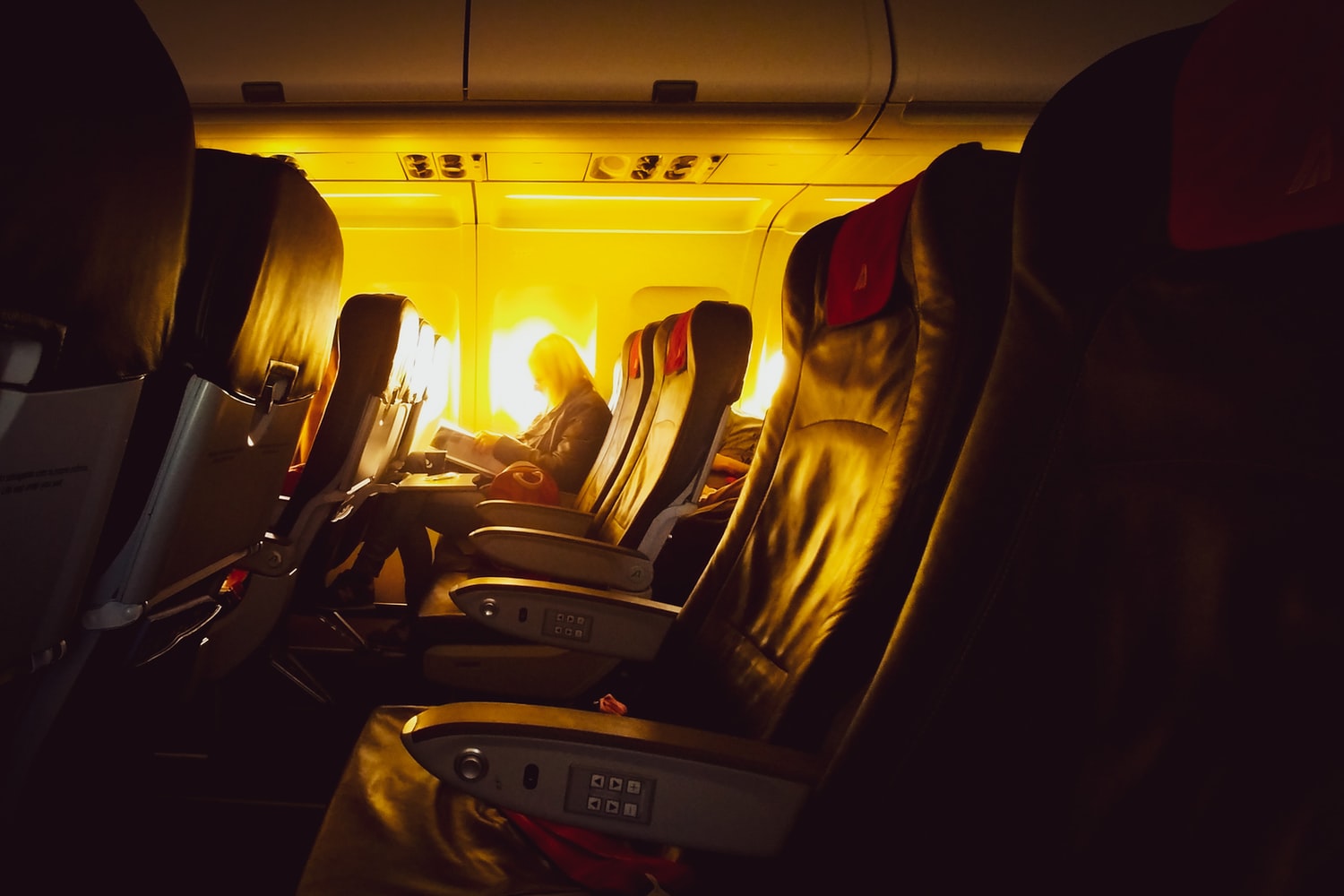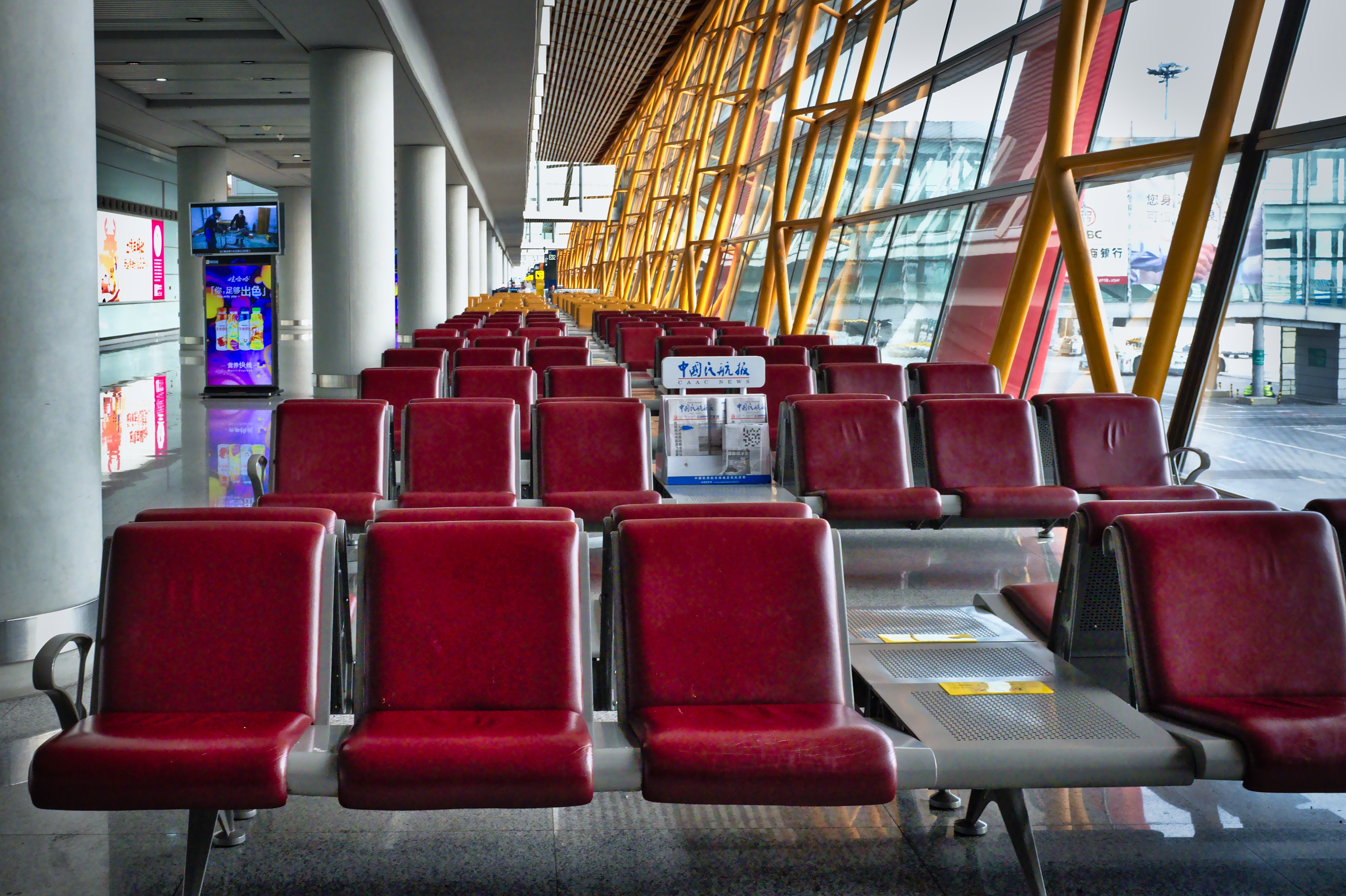
Covid-19’s impact on the aviation and travel industry
por Hrvoje Zaric
 Volver a Opiniones
Volver a Opiniones
Covid-19’s impact on the aviation and travel industry
abril 2020 por Hrvoje Zaric
 Volver a Opiniones
Volver a Opiniones
Hardly any sector has been hit as hard by the coronavirus crisis as the global aviation and travel industry. Can the aviation industry afford to take their eyes off effective negotiations?
Hardly any sector has been hit as hard by the coronavirus crisis as the global aviation and travel industry. The wide-reaching pandemic, referred to as COVID-19, is roiling the economies of nations worldwide. Is this a time to think about the importance of negotiation – or has the ability to negotiate successfully never been as crucial to a company’s survival?
My crystal bowl is as good as anyone’s when it comes to predicting the number of cases, the pace of the virus spreading, the development of mortality rates, whether or when we discover drugs aiding recovery or a vaccine protecting us from an outbreak of the disease. There seems to be consensus, however, that even once the health crisis has been dealt with, we will be caught up in the economic aftermath for a long time to come. In face of the rapidly evolving pandemic, global markets are gearing for recession. Pundits outbid each other with dire projections on the economic development. Airlines in particular are facing their biggest challenge in decades, having seen an unprecedented drop in air travel demand, stifled further by governments issuing travel warnings or closing national borders altogether. It is hard to keep up with the updates of the devastating forecasts various groups are publishing on the state of the industry.
Just this week, two major travel groups issued new press releases. The US Travel Association continues to revise its own projections, now forecasting a loss of 5.9 million travel-related jobs by the end of April in the US alone, resulting in a $910-billion hit to the local economy. The International Air Transport Association’s (IATA) analysis of the passenger revenue impact now predicts a $252 billion loss, which is 44% below 2019’s figure.
Historic comparison
In many ways, this current situation is different from anything the industry has seen before. To better understand how this current pandemic fares in comparison to previous industry crises, such as the 9/11 terrorist attacks (2001), the SARS epidemic (2002-2004) or the Eyjafjallajökull eruption (2010), let us put it in historical perspective.
In the wake of 9/11 the US airspace was closed for four days. Pretty soon afterwards, the public was able to be persuaded that new security measures implemented at airports made air travel safe again. Today, it is not the fear of travel per se that has people avoiding flights, it is the risk of getting infected or not being able to return home. And as opposed to a one-time event disrupting air travel, the COVID-19 pandemic is constantly evolving, leaving everyone uncertain about the duration and scale of its spread, not to mention its long-term effects on leisure and business travel.
The SARS (severe acute respiratory syndrome) epidemic is somewhat more comparable to today’s crisis, although there are important differences to consider. For once, SARS was much more geographically contained to the Asian region. Also, the world has changed in many ways since then. China has risen as an economic superpower. While in the year 2000 China was number 6 on the world’s nominal GDP (gross domestic product) ranking, accounting for less than 5% of the top 10 economies, it is now second to the US, accounting for 24% of the top 10 countries. The aviation industry has grown substantially in long-haul international service in the past 20 years, fueled by the supply of longer-range aircrafts. Today’s carrier operations include much more extensive services to Asia. Some Middle East carriers have greatly expanded. Furthermore, the repercussions of any crisis in a globalized economy are greater than ever, with people and freight moving world-wide at an increasing pace. Therefore, the current pandemic threatens to put a steep toll on the global economy as a whole.
The 2010 eruptions of Eyjafjallajökull in Iceland led to the largest post World War air-traffic shut-down. While there were some noticeable ripple effects beyond the airline routes directly affected by the volcano ash cloud, the phenomenon was much more local than the current pandemic. Also, a shift towards other modes of transport was possible at least to some extent. And it lasted just a week, whereas no one can foresee how long the current situation will persist, much less how long we will feel the economic impact of the COVID-19 pandemic.

Global economy and outlook
In addition to people’s current propensity to avoid travel, there is a credible risk of an economic recession. Pent-up demand for leisure travel might rebound and bring the industry back to pre-crisis levels of both traffic and revenue. The same could be true for business travel, once the disease is under control. But a recession will most likely delay recovery. If unemployment rises substantially, retirement plans do not generate as much savings, the resurgence of both tourist and business travel will take longer than in the past. IATA acknowledges that while previous pandemics had a sharp V-shaped curve for the industry, there was no recession afterwards dampening travel.
One thing is for sure: The COVID-19 pandemic is forcing decision-makers in airline companies, aircraft manufacturers, airports, freight forwarders and other aviation industry partners to rethink the way they conduct their business – and to re-evaluate and re-configure their business relationships. This is where negotiation comes into play. No other discipline has a greater influence on a business’s bottom line than negotiation. And it is fitting to call it a discipline, because only a highly structured approach with a rigorous application of strategic and tactical tools will systematically lead to better negotiation outcomes. Part of a robust methodology is the analysis of options and risks, including factors such as power balance, mutual dependency, time and circumstance – all of which play a crucial role in the midst of the current pandemic.
US airlines are financially in a far better shape than, for example, some of their rivals in Europe, Asia, or Latin America. Carriers that are not well capitalized will have trouble getting access to credits, which is often a precursor to filing for bankruptcy, as happened in the famous case of Thomas Cook. It is to be expected that an acceleration of airline collapses will lead to a major restructuring in the industry. Even prior to the COVID-19 crisis, some Asian airlines have already been dealt a blow by the political protests in Hong Kong. In a post-pandemic era, the configuration of the value chain will look different than before, which means mergers and restructured operations and balance sheets, which in turn means that the way in which the terms of agreements are negotiated and implemented will determine future business success, maybe even survival.
Considerations in defining your negotiation stance
If you apply Maslow’s pyramid of needs to a corporate context, it indicates that a company’s priorities can shift drastically in times of crisis – from expansion plans or profit maximization to securing existing contracts or even merely staying in business. Famous examples include BP’s Deepwater Horizon Oil Spill in 2010 or the late 2000’s subprime mortgage (and subsequent banking) crisis. This goes to show that at least in the short term companies re-focus their efforts towards crisis management and a fight for survival. In terms of negotiation relevance this means that industry players are faced with several challenges: They might be forced to proactively re-open existing deals or approach new partners, they might be forced to protect themselves by reactively responding to claims. In any case, a major factor determining the way you negotiate is the balance of power.
In 2002, Ryanair’s CEO Michael O’Leary reportedly struck a deal with Boeing over 155 new 737 model aircrafts, worth $7.2bn, which represented a 43% discount off standard. Note that Ryanair’s fleet consisted of only 44 planes prior to this deal! What O’Leary recognized was that after 9/11 (in 2001) the balance of power had shifted in his favor, because Boeing found themselves in less than advantageous circumstances, with orders being massively canceled in the wake of the attacks. For Ryanair, this purchase perfectly played into their strategy as a low-fare carrier and enabled them to oust some of their competitors.
Amid the current disruption caused by the corona virus, companies will need to re-assess and consider the appropriate use of power in negotiations. Although Darwin probably has been cited enough during the past weeks, it is worth examining the idea that “it is not the strongest species that survives, nor the most intelligent, but the most responsive to change”. Changing time and circumstances will need to be factored in, when industry players gauge their approach to negotiating with their partners from every angle.
Lastly, when determining both strategic posture and behavior in negotiations, aviation companies will undoubtedly be compelled to explore their level of mutual dependency.This could ultimately make the difference between a competitive or a collaborative negotiation strategy. In a competitive negotiation strategy people pursue a self-interest agenda with little regard to the consequences to the other party. But when your major negotiation partner is teetering financially, this crisis you are facing can become even more ominous when you put too much pressure on them. In many ways, the need to cooperate in order to outlast the post-pandemic drought will dominate the approach negotiators take in working to reach an agreement.
In conclusion, coming back to the question in the title: Can the aviation industry afford to take their eyes off effective negotiations? In my opinion, it has never been as essential as today to take the time to strategize, identify and analyze opportunities and risks, and evaluate the impact of your strategic decisions. If you don’t, your key supplier, your major customer or your direct competitor will.
If you are interested in learning more about this topic, please download our report on virtual negotiation, Negotiation without a table, below.
